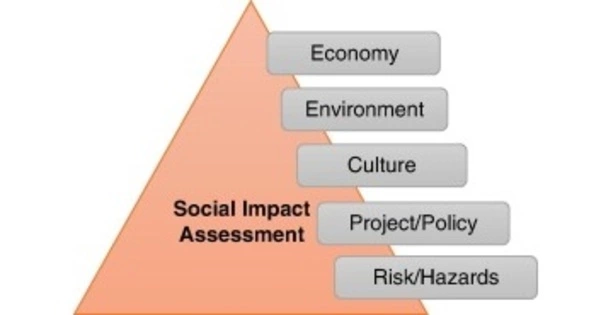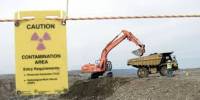Social impact assessment (SIA) is a process for evaluating the potential effects of a proposed project or policy on people and communities, including their social, economic, and cultural aspects. It is a method for assessing the social consequences of infrastructure projects and other forms of development intervention. Although SIA is typically used to assess the social impact of planned interventions, the same techniques can be used to assess the social impact of unplanned events such as disasters, demographic change, and epidemics. SIA is important in applied anthropology because its main goal is to produce positive social outcomes while eliminating any potential negative or long-term effects.
The goal of SIA is to identify potential positive and negative impacts and provide recommendations for mitigating any adverse effects, while maximizing the benefits to affected populations. The goal of SIA is to promote sustainable development that balances economic, social, and environmental outcomes.
SIA is used to inform decision-making by providing an understanding of the social, economic and cultural implications of a proposal, and to ensure that stakeholders, including local communities and vulnerable groups, are consulted and engaged throughout the project life cycle. SIA is often used in planning and decision-making processes for infrastructure projects, resource extraction, and other development activities to ensure that they are socially responsible and sustainable.
Social impact assessments are used to identify and manage industrial projects’ social impacts. These SIA can also be linked to environmental impact assessments where policies, planning, and programming are required. Examining how people live in a society (kinship or nuclear setting), culture, community, medical knowledge, and political systems are all examples of social impact assessments. These examples demonstrate the importance placed on the environment and its impact on social impact.
The goal of SIA is to ensure that development maximizes its benefits while minimizing its costs, particularly those borne by people (including those in other places and in the future). Costs and benefits may not be measurable or quantifiable, and they are frequently overlooked by decision-makers, regulatory authorities, and developers. By identifying impacts in advance, (1) better decisions about which interventions to pursue and how to pursue them can be made; and (2) mitigation measures can be implemented to minimize harm and maximize benefits from a specific planned intervention or related activity can be implemented.
















